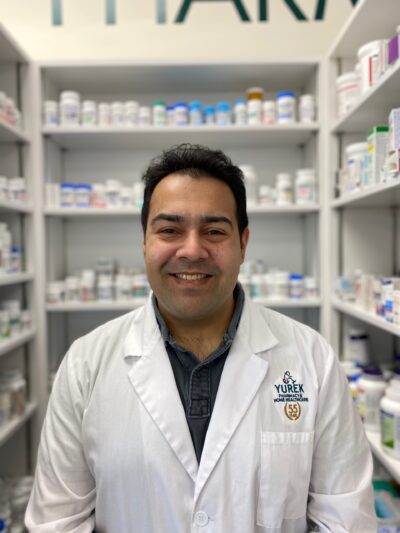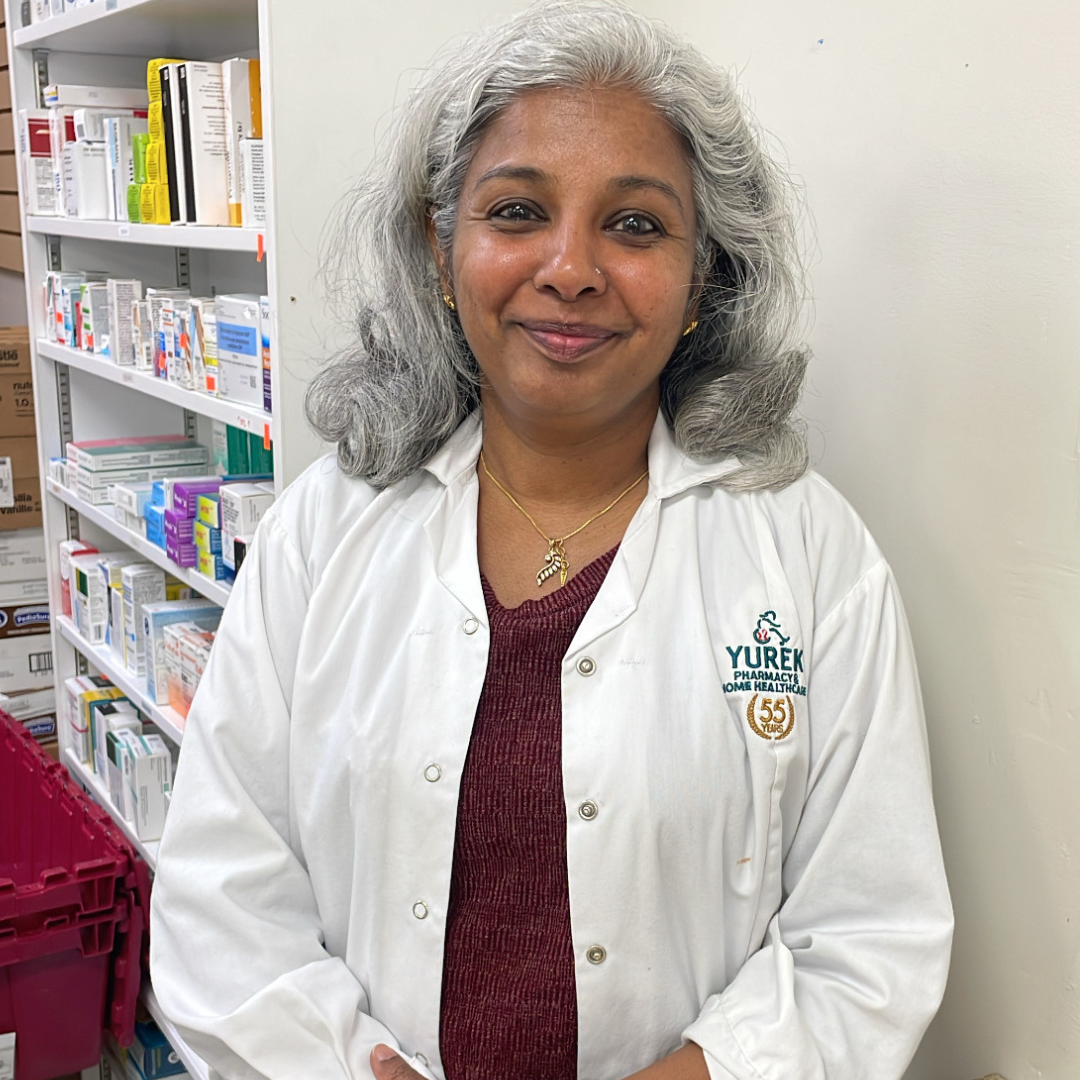By Vishal Mehta, Pharmacist
November is Crohn’s and Colitis Awareness Month. IBD (inflammatory bowel disease) is a group of conditions, including Crohn’s and Colitis, where there is inflammation in the lining of the gastrointestinal tract. This results in impaired ability to digest food, absorb nutrients and eliminate gut waste in a normal, healthy manner. The exact cause of IBD is unknown and hence there is no cure for any disease in its category. Some risk factors are thought to be genetics and the environment.
Signs and symptoms may include abdominal pain, cramping, severe diarrhea, weight loss, and reduced appetite. Sometimes, there may also be rectal bleeding or blood in the stool.
Crohn’s disease can occur anywhere in the gastrointestinal tract and can include patches of inflammation spread out between healthy portions of the gut. The presence of mouth sores is more common in Crohn’s and is diagnosed more in females than in males. Smoking can also increase the risk for developing Crohn’s. Additionally, there is an increased risk of developing Osteoporosis when you have Crohn’s. Treatment usually involves corticosteroids, immune modifiers and biologic therapies.
Ulcerative Colitis is more localized compared to Crohn’s and typically affects the large intestine (colon) in a uniform manner, starting at the rectum and working upwards through the colon. Blood in the stool and a sense of urgency/false urges are more common in Colitis. Treatment is similar to Crohn’s and includes 5-aminosalicylates and sulfasalazine. Colitis may be cured by surgery, specifically by a colectomy, where there is a surgical removal of the colon.
Despite the challenges posed by IBD, it’s important to remember that with the right medical care and support, many individuals successfully manage their symptoms, allowing them to lead fulfilling lives.








